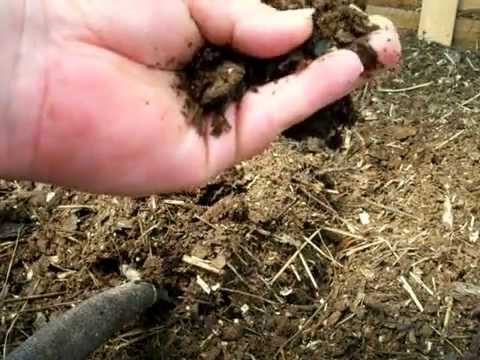That's not a bad idea....some folks feed suet cakes to their winter cooped birds. I've done it here also, though just in the past few years. I also add BOSS to the feed mix in the winter months for additional fats....those look a little like bugs, so the birds grab those first out of the feed.
Another thing that may be helpful when thinking about next year's winter coop....a nice deep litter system in the coop and run. My birds find bugs and such in their DL even in the coldest parts of winter...bugs hiding out in that stuff for warmth and food. A busy bird is a calm bird.
This vid was taken in the winter during single digit temps and right after some teens below zero weather....you can see the birds are busy, happy and coming and going in and out of the coop at will, even with snow on the ground. The DL keeps them more occupied and gives them somewhere to hunt and also to dust in the winter months. Sorry for the poor quality of the narrative and vid but it can give you some idea about DL.

Another thing that may be helpful when thinking about next year's winter coop....a nice deep litter system in the coop and run. My birds find bugs and such in their DL even in the coldest parts of winter...bugs hiding out in that stuff for warmth and food. A busy bird is a calm bird.
This vid was taken in the winter during single digit temps and right after some teens below zero weather....you can see the birds are busy, happy and coming and going in and out of the coop at will, even with snow on the ground. The DL keeps them more occupied and gives them somewhere to hunt and also to dust in the winter months. Sorry for the poor quality of the narrative and vid but it can give you some idea about DL.




